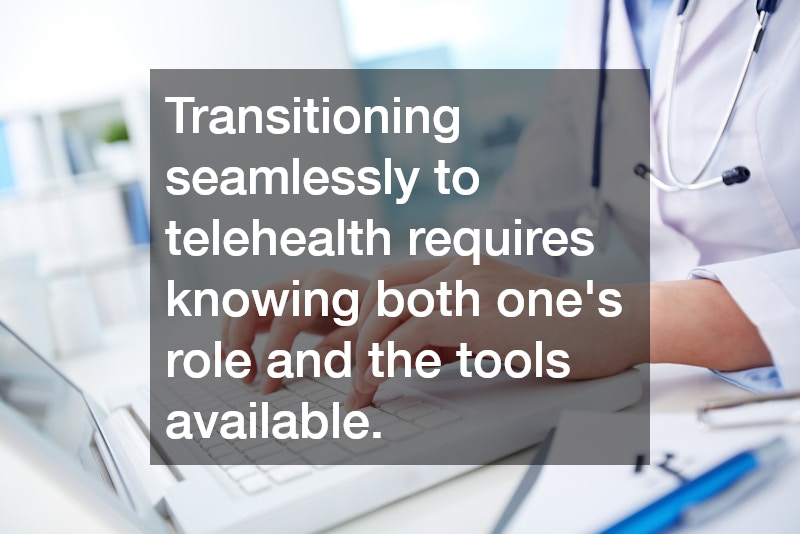In recent years, telehealth has emerged as a convenient and efficient way to access healthcare services. However, to make the most of your virtual visits, understanding the nuances of telehealth appointments is crucial.
How Do I Prepare for a Telehealth Appointment?
Check Your Technology and Environment
Essential to any successful telehealth appointment is the reliability of your technology and the environment in which you conduct it. Ensuring your device’s compatibility with the telehealth platform is the first step in preventing technical issues.
A stable internet connection is vital; video consultations require sufficient bandwidth for clear communication. Additionally, selecting a quiet and well-lit area minimizes distractions and allows for a smoother interaction.
Situating yourself in a space where you feel comfortable discussing personal health matters is also important. The increasing prevalence of telehealth means it’s crucial to become adept with these setups.
Organize Your Medical Information
Before an appointment, organizing your medical history and documents will aid in providing accurate information to your healthcare provider. This includes having a comprehensive list of current medications and any known allergies.
Details about previous health issues, surgeries, or ongoing treatments should also be readily available. Efficient preparation not only saves time but also allows your provider to offer better-informed advice.
With access to comprehensive and accurate medical history, your doctor can make more precise diagnoses and offer more tailored treatment plans. This step is integral in ensuring that your telehealth experience is as effective as in-person visits.
What Should I Discuss with My Healthcare Provider?
List Your Symptoms and Concerns
To maximize the effectiveness of your telehealth appointment, come prepared with a detailed list of your symptoms. This list should include not only what you are feeling but also when these symptoms started and how they have progressed.
Providing a chronological description of symptoms gives your healthcare provider the information needed to form a better diagnostic picture. Telehealth’s convenience should not come at the cost of the thoroughness of your consultations.
Being as descriptive as possible can compensate for the lack of physical examinations. As telehealth evolves, patient preparation becomes paramount in maintaining quality care.
Clarify the Care Plan
Understanding your care plan is essential for managing your health. During your appointment, ask questions to ensure the diagnosis, treatment options, and necessary follow-up are clear to you.
Clear communication of steps following the appointment can help diminish anxiety and bolster adherence to recommended protocols. It contributes significantly to the overall effectiveness of telehealth services.
Telehealth allows for immediate clarification from your healthcare provider, mitigating any potential misunderstandings. A clear strategy post-appointment can guarantee that the benefits of telehealth translate into tangible health improvements.
How Can I Ensure My Privacy and Security?
Understand Telehealth Security Measures
Security measures are a cornerstone of trusted telehealth platforms. Encryption methods ensure that communications between you and your healthcare provider remain confidential and safeguarded from unauthorized access.
Learning about the platform’s privacy policies can provide peace of mind and foster trust in the process. Ensuring that your information is safe should encourage open communication during appointments.
Patients have the right to inquire about how their data is handled and protected. Transparency from the telehealth provider should be a given, not an exception.
Protect Your Personal Information
In addition to understanding the platform’s security, personal vigilance is important. Utilize secure passwords and keep devices updated to minimize vulnerability to data breaches.
Be cautious of sharing sensitive information over unsecured communication channels such as email or text. Proactive steps in safeguarding personal information are necessary as telehealth becomes a staple in healthcare.
Remaining alert and informed about potential security threats can protect your personal data. Being your own advocate in privacy matters is as important in telehealth as it is in face-to-face consultations.
By being prepared, informed, and mindful of privacy concerns, you can maximize the benefits of telehealth appointments and ensure a successful healthcare experience. Transitioning seamlessly to telehealth requires knowing both one’s role and the tools available.
As telehealth continues to integrate into standard healthcare practices, adopting these strategies becomes increasingly vital. With preparation and participation, telehealth can effectively meet your medical needs.





